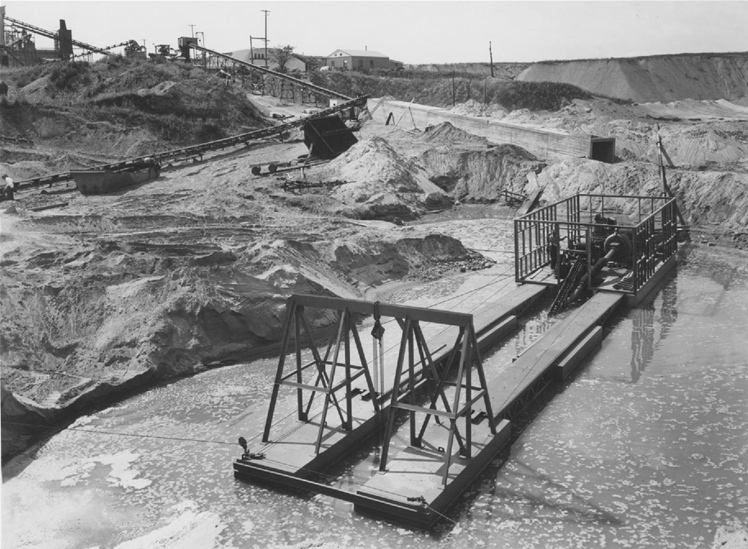About
Our History



The Michigan Aggregates Association (MAA) is a non-profit trade association founded in 1960 by a group of conscientious and environmentally concerned aggregate producers to protect and promote the interests, growth and welfare of the Michigan aggregates industry. These goals have remained essentially the same over the years. The MAA membership has grown to include not only crushed stone and sand and gravel products, but many industrial and recycled material producers as well as suppliers of equipment and other goods needed to produce mineral products required by every citizen of Michigan.
The proliferation of new laws at the local, state and federal level affects everyone in today’s business environment. The MAA participates proactively in the legislative process, keeping elected officials aware and well informed of the issues that significantly affect this industry and its thousands of employees. The MAA, through its active committee network, interacts with state regulatory agencies to advise them on developing regulations in a variety of areas including health and safety, land use, taxation, material specifications, land reclamation and the environment. Through its educational programs, quarterly business meetings and newsletters, the MAA keeps its members informed of critical regulatory developments.
Facts and Figures
- 95 million tons of mineral aggregates were sold from Michigan sources in 2013. An additional 2,050,000 tons of blast furnace and steel furnace slag aggregate were used for construction in the state.
- Aggregate is produced from about 325 surface mines located throughout the State, with some aggregate mining in every county. A large number of aggregate mines are family owned and operated. 80% of aggregate plants operate with 20 or less employees.
- The aggregate industry directly employs over 8000 people in the State. Wages for employees of construction material producers are 35% higher than the average wage for all industries.
- The average production span for a sand and gravel deposit is 25 years, whereas a good stone quarry is productive for over 50 years.
- Over the next 20 years, the trend will be toward use of more crushed stone products as gravel deposits are depleted in some areas.
- A number of aggregate deposits are not available for extraction as they are covered by urban sprawl or mining is prohibited by zoning. Many of our suburban housing developments are built on top of gravel deposits.
- An average 11 tons of aggregate is required annually for each Michigan resident. As an example, a new subdivision requires about 400 tons of aggregate per home.
- Aggregate makes up approximately 95% of every ton of asphaltic concrete placed on Michigan roads, and 80% of each cubic yard of Portland cement concrete used.?
- Michigan produced limestone and silica sand are important ingredients in the manufacturing of glass, fiberglass and steel
- Over 90% of all aggregate produced in the United States is moved by truck. Thousands of trucks are engaged in hauling aggregate. Most aggregate is used within 40 miles of where it is produced.
- Better than half of all aggregate used is paid for by tax dollars. Large users are the State, Counties, Townships and Municipalities in their road and infrastructure programs. Federal dollars are involved in airports, dams, locks, erosion control and waste treatment facilities.
- Aggregate is widely used as a filter medium in water and sewage treatment plants. More recently, limestone and lime are being used in flue gas desulfurizationprocesses.
- A number of lakes resulting from aggregate excavation have been reclaimed to make excellent water recreation facilities. Lakes formed by aggregate extraction in Oakland County are now helping to recharge the groundwater aquifers that local industry and municipalities depend on as a source of water.
- The biggest challenges facing the aggregate industry in the coming years are in the environmental compliance area, and in attaining favorable zoning for the extraction of minerals. There is also a need to have planning groups designate critical resource areas to be set aside to meet aggregate demands for future generations.
